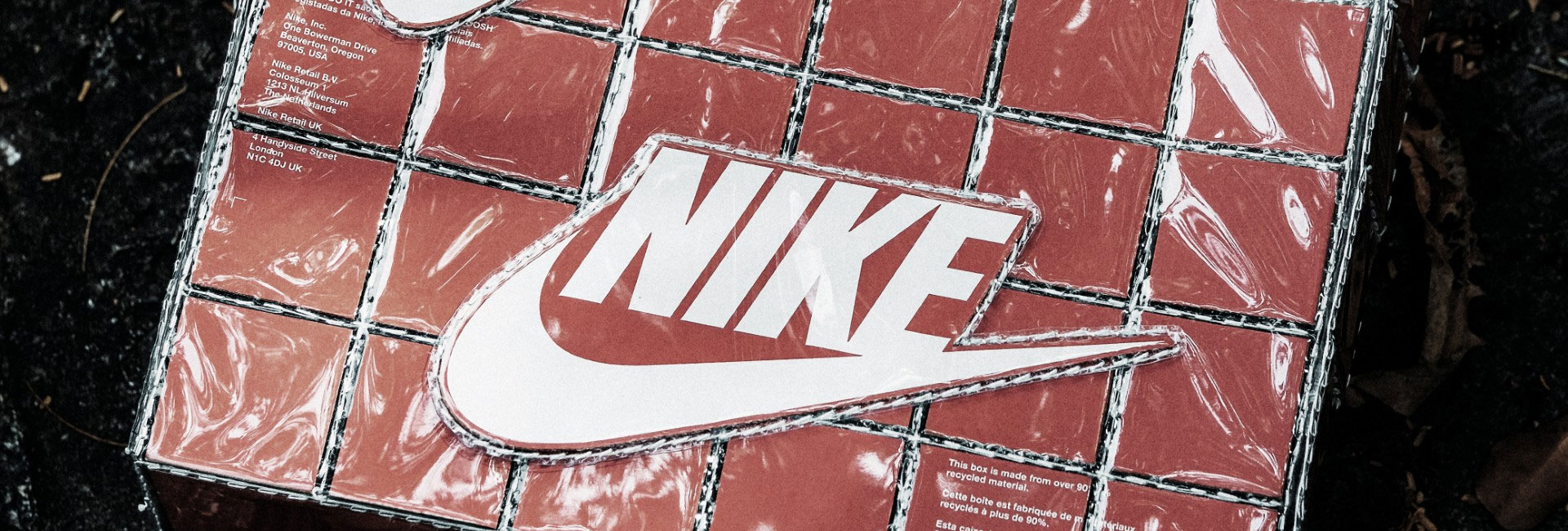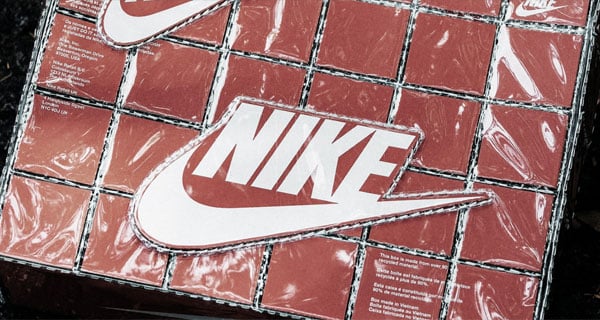
Used under a Creative Commons Licence
Chinese Fakes. What can you do about them?
If you run an Australian business and sell anything with a design, logo, or brand name, you may have heard stories—or lived through it yourself. A product you worked hard to create suddenly pops up online, selling for much less. It looks just like yours, but it’s fake—and it came from China.
This is still happening in 2025. But there are now stronger protections in place—and steps you can take to help stop your designs and ideas from being stolen.
Why Are Chinese Fakes Still a Problem?
China makes a huge number of the world’s goods, and unfortunately, that includes counterfeit products. These range from “Naik” shoes and “Adidos” shirts to fake versions of your own brand. Even if you’re not selling in China, your products can be found online, copied, and sold cheaply on platforms like Alibaba.
Top tips
Step 1: Register Your Design in China—Early!
In China, whoever registers first usually gets the rights. That means if someone else copies your product and registers it before you do, they could legally stop you from selling it there—even though you created it.
You can now register part of your design (like a pattern or shape), not just the whole thing.
Design protection lasts 15 years.
Get drawings ready that clearly show what part you want to protect.
Step 2: Think About Copyright
Copyright protects things like artwork, writing, patterns, and even software. In Australia and China, it applies automatically when you create the work—but in China, registering your copyright makes enforcement much easier.
Step 3: Register Your Trade Mark in China
This protects your brand name and logo. In China, the “first-to-file” system means the first person to register the mark gets the rights—so register as early as possible.
A registered trade mark lasts 10 years and can be renewed.
Step 4: Use Confidentiality Agreements
Before showing your product or design to any Chinese factory or partner, get them to sign a confidentiality agreement. It can’t protect everything, but it helps prevent ideas from being passed on to others. Don’t just use anyone – get it drafted by a lawyer so that it is tailored and enforceable.
Step 5: Keep Watch for Fakes
You can:
- Monitor major online marketplaces for copies.
- Set up Google Alerts for your product name or brand.
- Check Chinese trade mark listings to spot new applications that look suspicious.
If you find a copy, don’t send a legal letter without advice—it could backfire under Chinese law.
Step 6: Use Customs to Stop Fakes at the Border
In Australia, we can file for you a Customs Watch Notice (also called a Notice of Objection) to stop fakes before they reach our shores. Customs will check for counterfeits based on your registered IP.
For More Info:
Australian Border Force – Notice of Objection Scheme – https://www.abf.gov.au/help-and-support-subsite/Pages/IPObjections.aspx
Please note the above article is general in nature and does not constitute legal advice.
Please email us info@iplegal.com.au if you need legal advice about your brand or another legal matter in this area generally.


